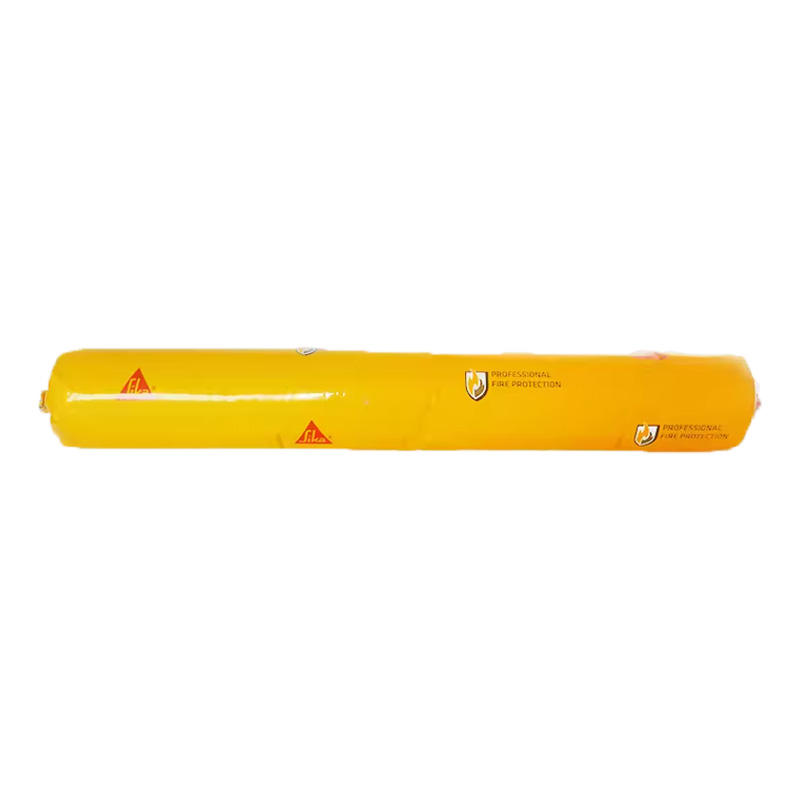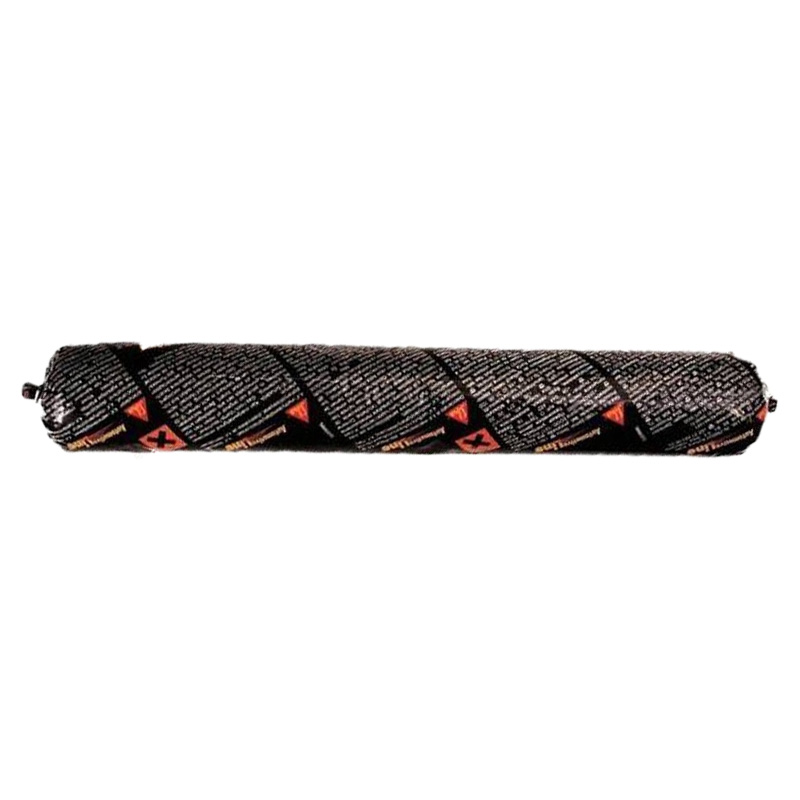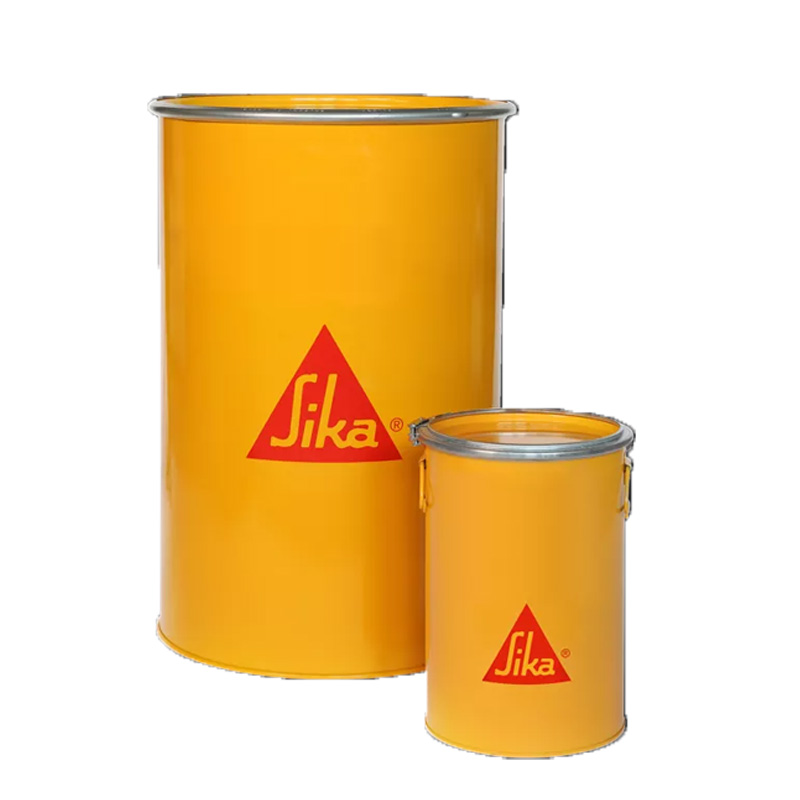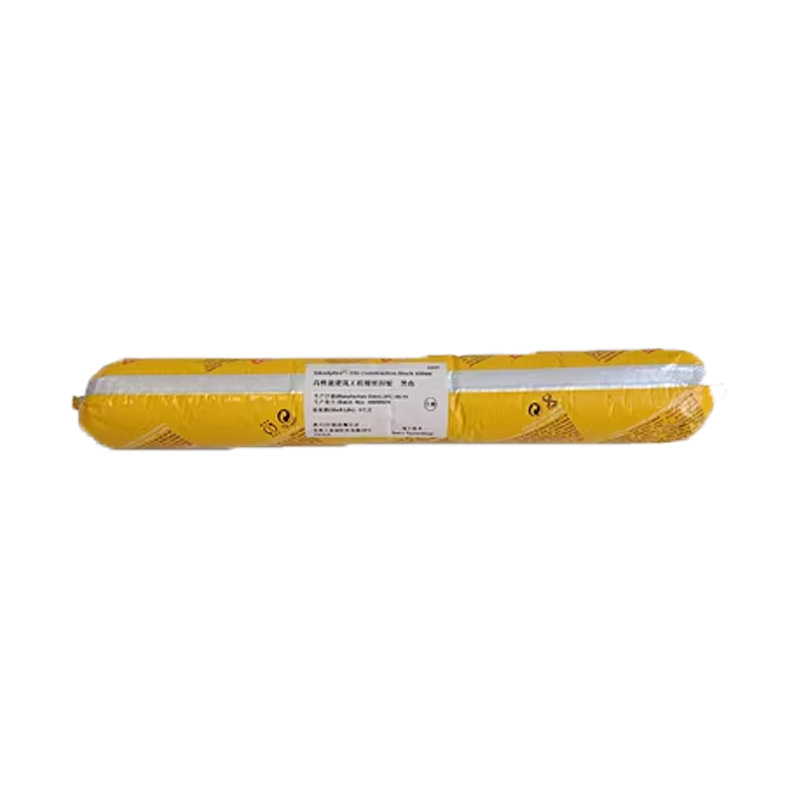DOWSIL™ SJ268 Silicone Structural Sealant is a high-strength, one-part silicone sealant designed for structural glazing and weather sealing applications. It offers a range of features and benefits that make it an ideal choice for structural glazing and weather-sealing applications.
Features & Benefits
- High-strength bonding: DOWSIL™ SJ268 Silicone Structural Sealant offers high-strength bonding between glass and metal frames, making it ideal for use in structural glazing applications.
- Excellent adhesion: This sealant has excellent adhesion to a wide range of substrates, including glass, aluminum, steel, and many plastics. It is also compatible with most building materials.
- High tensile strength: SJ268 Silicone Structural Sealant has a high tensile strength, which allows it to withstand significant stress and movement without losing its sealing properties.
- Weather resistance: This sealant is highly resistant to weathering, UV radiation, and ozone, making it suitable for use in exterior applications.
- Temperature resistance: Silicone Structural Sealant can withstand temperatures from -50°C to 150°C (-58°F to 302°F), making it suitable for use in high-temperature applications.
- Ease of application: This sealant is easy to apply and can be tooled to a smooth finish.
- Aesthetically appealing: It is available in a range of colors, including clear, white, black, and gray, to match different substrates and aesthetic requirements.
Standards adopted
DOWSIL™ SJ268 Silicone Structural Sealant has been tested and certified to comply with various industry standards and regulations. Some of the standards adopted by this sealant include:
- ASTM C1184 - Standard Specification for Structural Silicone Sealants: This standard specifies the requirements for one-component structural silicone sealants used in building and construction.
- ASTM C920 - Standard Specification for Elastomeric Joint Sealants: This standard covers the requirements for one-component and two-component elastomeric sealants used in building and construction.
- ISO 11600 - Building construction - Jointing products: Classification and requirements for sealants: This standard specifies the classification and requirements for joint sealants used in building construction.
- UL 94 - Standard for Tests for Flammability of Plastic Materials for Parts in Devices and Appliances: This standard covers the flammability testing of plastic materials used in devices and appliances.
- AAMA 802.3 - Voluntary Specification for Chemical Resistant Sealants: This specification covers the requirements for chemical-resistant sealants used in building and construction.
Application method
Here are the general steps for applying the sealant:
- Prepare the surface: The surface should be clean, dry, and free from any contaminants, such as oil, dust, or debris. Use a suitable cleaning solvent to remove any dirt or residue.
- Install the backer rod: Install a suitable backer rod to the depth and width of the joint. This helps to ensure the correct sealant depth and provide a better seal.
- Cut the nozzle: Cut the nozzle of the sealant cartridge to the desired size at a 45-degree angle.
- Apply the sealant: Apply the sealant to the joint in a continuous and uniform bead. Tool the sealant with a suitable tool to ensure a smooth and even finish.
- Allow the sealant to cure: DOWSIL™ SJ268 Silicone Structural Sealant cures at room temperature by reacting with moisture in the air. The cure time varies depending on temperature, humidity, and joint size, but typically ranges from 7 to 14 days.
- Clean up: Clean up any excess sealant before it cures, using a suitable cleaning solvent.
Assembly conditions
Here are some recommended assembly conditions for this sealant:
- The sealant should be applied to clean, dry, and sound surfaces. The surfaces should be free from any contaminants, such as oil, dust, or debris.
- The recommended joint design should be followed to ensure the correct sealant depth and provide sufficient movement capability.
- The joint should be designed to allow for a minimum of 25% movement in the sealant.
- The ambient temperature during application should be between 5°C to 40°C (41°F to 104°F) for optimal results.
- The relative humidity during application should be below 80% to prevent moisture from interfering with the curing process.










